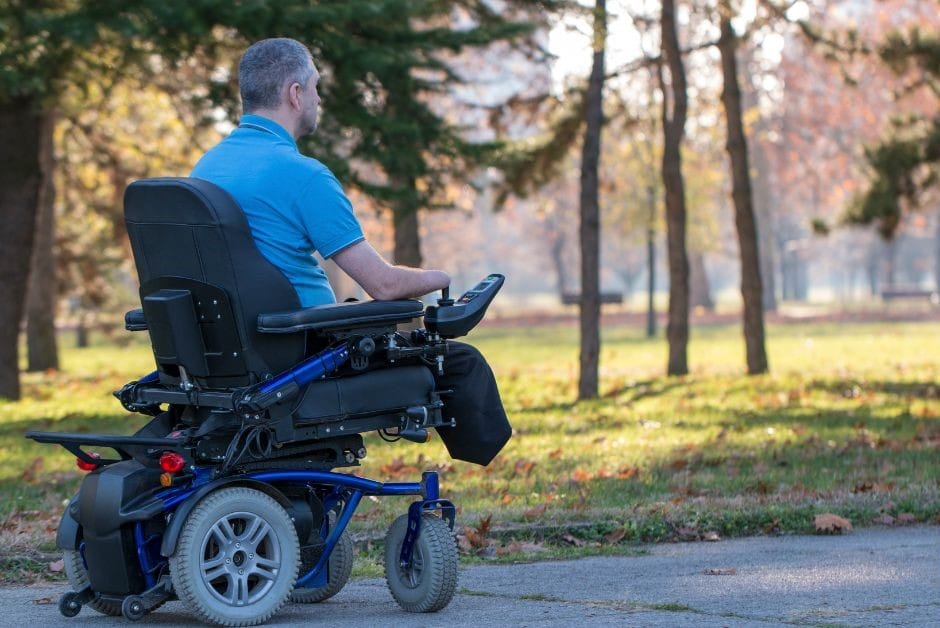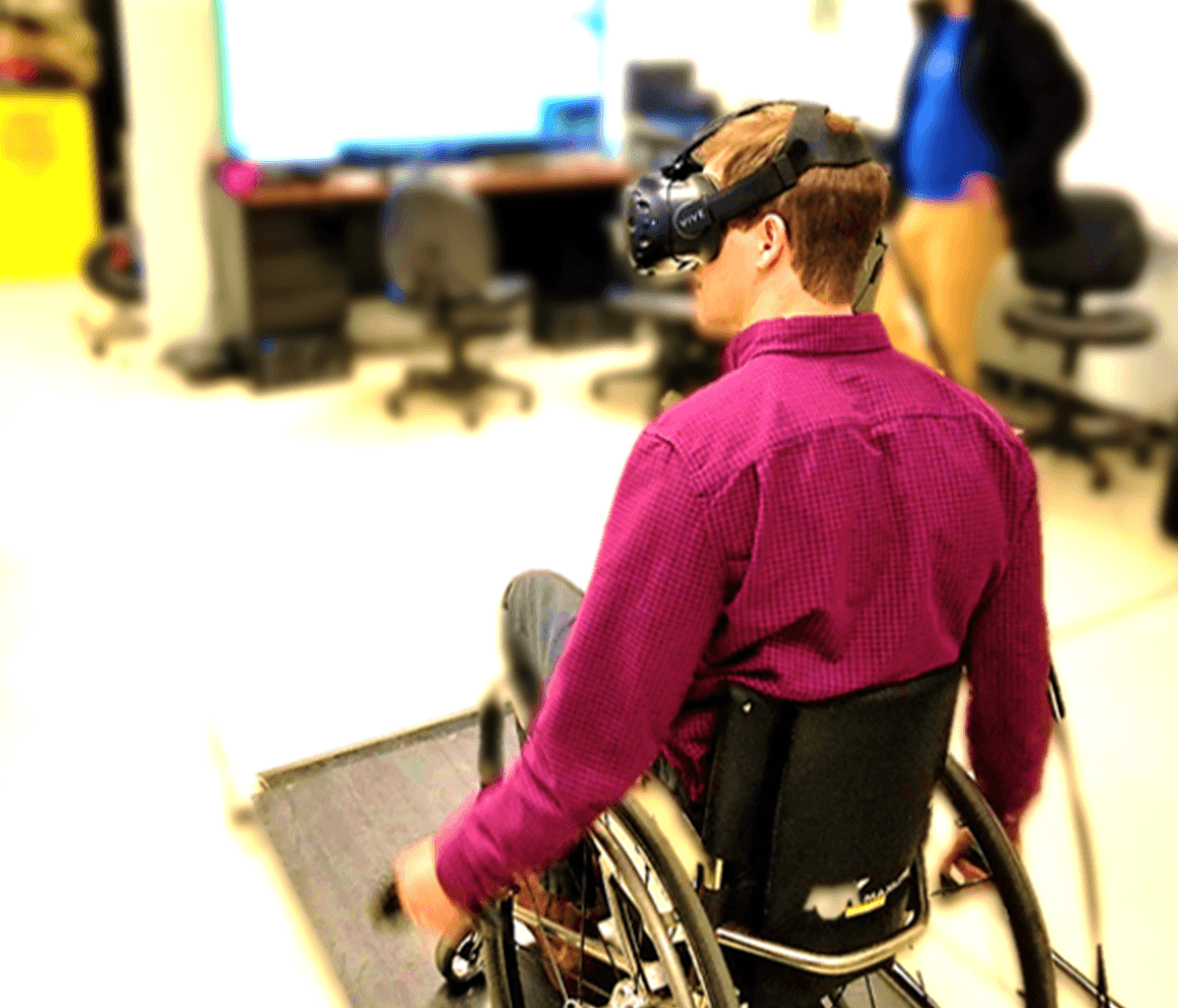
*Please note: This post is sponsored by Macdonald’s Home Health Care.
Power chair batteries are a crucial component of the mobility device, providing the necessary power to operate the chair. It is important to understand the basics of power chair batteries to effectively troubleshoot and address any issues that may arise.
Power chair batteries are typically rechargeable and come in various types, such as sealed lead-acid (SLA) or lithium-ion. SLA batteries are commonly used in power chairs due to their affordability and reliability.
Understanding the voltage and capacity of the battery is essential. Most power chairs operate on a 24-volt system, requiring two 12-volt batteries connected in series. The capacity of the battery is measured in ampere-hours (Ah) and determines how long the battery can provide power before needing to be recharged.
Proper maintenance and charging practices are vital to ensure the longevity and optimal performance of power chair batteries. It is recommended to follow the manufacturer’s guidelines for charging and storing the batteries.
Identifying Signs of Battery Issues
Being able to identify signs of battery issues can help prevent potential problems and ensure the reliable operation of the power chair.
One common sign of a battery problem is a significant decrease in the operating range of the power chair. If the chair is unable to travel as far as it used to on a single charge, it may indicate a battery issue.
Another sign is a decrease in the overall power and speed of the chair. If the power chair feels sluggish or struggles to maintain its speed, it could be a result of a battery problem.
Additionally, if the battery fails to hold a charge for a reasonable amount of time, it may indicate that the battery needs to be replaced.
Observing any unusual sounds or smells, such as hissing or a rotten egg odor, coming from the battery or charger should also be taken as a potential sign of a battery issue.
Troubleshooting Common Battery Problems
When encountering common battery problems with a power chair, there are several troubleshooting steps that can be taken to address the issue.
First, ensure that the battery connections are secure and free of corrosion. Corrosion is often a sign that the battery needs to be replaced. Tighten any loose connections to ensure proper electrical contact.
If the power chair is not turning on or experiencing intermittent power loss, check the fuse or circuit breaker. Replace a blown fuse or reset the circuit breaker if necessary.
If the battery is not holding a charge, try fully draining and then fully recharging the battery. This process, known as deep cycling, can sometimes help restore the battery’s capacity. However, it should be noted that some powerchair chargers require the batteries to have a minimum amount of voltage for them to initiate a charging cycle. Because of the potential for self-discharge, letting batteries sit uncharged for too long can lead to an inability for batteries to be charged with their provided charger.
If troubleshooting steps do not resolve the battery problem, it may be necessary to consult with our service team or contact the manufacturer for further assistance.
Preventive Maintenance Tips for Power Chair Batteries
Implementing preventive maintenance practices can help extend the lifespan and optimize the performance of power chair batteries.
Regularly inspect the battery and its connections for signs of damage or corrosion.
Keep the battery clean and dry. Avoid exposing it to excessive moisture or extreme temperatures.
It is recommended to physically disconnect the batteries if the equipment is to be stored for a period of longer than a few weeks – some chairs have breakers that can be manually flipped to the off position.
By following these tips, power chair users can maximize the lifespan and performance of their batteries, ensuring reliable operation and extended usability. As always, if you’re unsure, Macdonald’s Home Health Care is always ready to assist with all your power chair needs!
Website: macdonaldshhc.com
Vancouver
- Email: info@macdonaldshhc.com
- Phone: 604-872-5496
Burnaby
- Email: burnaby@macdonaldshhc.com
- Phone: 778-379-5496





